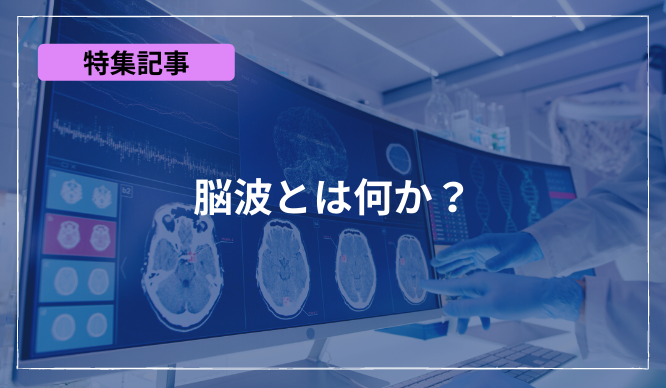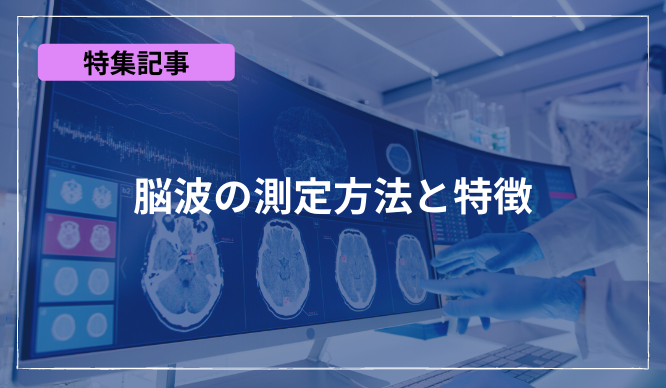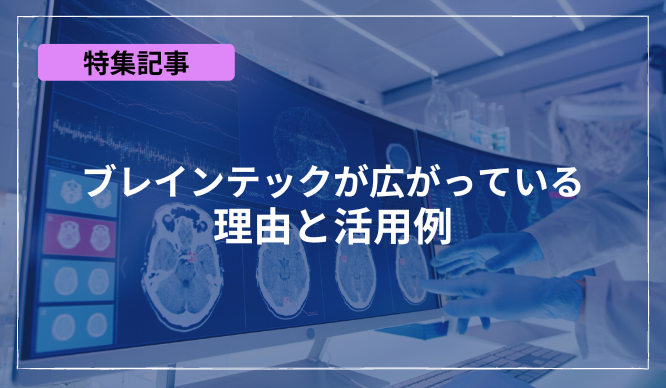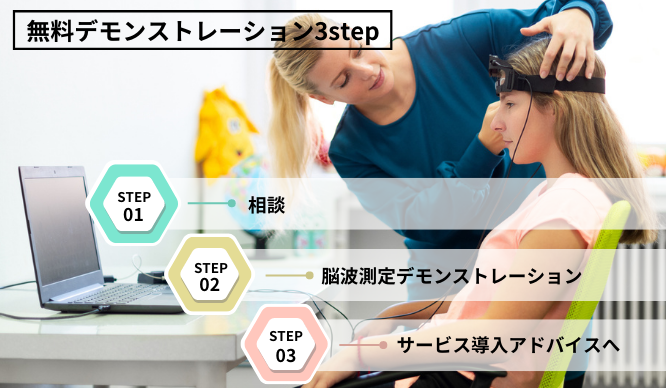熟練技能の継承における脳波の活用 ~脳から思考や感情を直接読み取る次世代型インターフェイス~

はじめに
近年あらゆる分野において人口知能・機械学習の技術が進んでいます。またディープラーニングの登場によって飛躍的に認識性能が向上し、現在自動運転や個人認証、時系列データ予測など様々な活用がされ始めています。
本稿では熟練技能の継承という観点で、特にディープラーニングの分野で広く応用されている画像解析や自然言語解析に加え、昨今研究が盛んに進められている脳活動信号から脳内の情報を読み出す脳波AIの可能性や活用メリットについても触れながら紹介したいと思います。
脳波とは

本紙では技能伝承における様々なアプローチと比較した脳波手法のメリットを説明していきますが、まず初めに脳波とは何かについて説明します。
脳波とは人間の脳に存在する1,000憶個以上の脳細胞の活動によって引き起こされる波のような信号です。周波数は0.5Hzから30Hzが中心であり、通常はこれらを周波数分析という方法を用いて定量的に分析します。
その他にも外部からの視覚刺激などに反応する事象関連電位という誘発電位を測定することで、選択や判断といった脳の高次な機能を読み解くことが可能になります。
脳波による画像分類

弊社では、前述の事象関連電位という脳波をもとにした、ターゲット画像の分類/アノテーション (=画像の意味づけ作業)を高速で実施するシステムを提供しております。
空港のケースの場合、次々に投影される手荷物のX線画像から、熟練検査官が危険物を認識した際の画像を即座に抽出するシステムとして使用されています。本システムを使用することによって、言葉での説明が困難な異常データを高速にかつリアルタイムにピックアップしながら常に最新のAIモデルを作成することも可能です。
技能継承における脳波活用意義

昨今、熟練技能の継承やプロセスオートメーションの手助けとなるような手法が数多くサービスとして出されています。例えば、画像解析AIは人間の目では見逃してしまう小さな傷や形状の違いの検知が可能です。
最近では画像の自動異常検知だけではなく、音や振動のような様々なデータから異常予測をする故障予知サービスも増えてきました。しかしながら全ての外観検査が簡単に自動化できるかと言うとそうではありません。製品の傷や凹みなど、良品と不良品との差が明確なものは定量化してシステムを組むことが可能ですが、色むらや印象などといった定性的な違いは検査員による主観的な判断が入るため、その基準値を設定するのは非常に困難です。
精度の高いAIモデルを作成するためには良質な教師データが必要となりますが、多忙な熟練技能者にとって、一つ一つのデータに意味づけをするアノテーション作業は非常に大きな負担となります。
この作業を外注する場合も多いですが、自社のビジネスや製品を完全に理解しきれていない部外者による判断は現場サイドの要求レベルとギャップが生じる可能性があります。
こういった課題への対策として、脳波を活用したアノテーション作業を実施することで、熟練技能者の判断をわざわざ言語化する必要がなく、その判断クオリティを担保しながら高速で教師データを作成することができます。脳波からは判断時の確信度なども取得しており、確信度の度合いに応じて学習時の重み(機械学習の過程に与える影響度) を変化させるため、最終的には熟練技能者個人の判断に近いAIモデルを作成することができます。

脳波解析ならではのポイント
脳波解析は、従来の画像解析や自然言語解析にはない特徴として視覚情報に加えて聴覚や味覚、嗅覚や触覚といった様々な種類の情報に対する人の反応を処理することが出来るという点で非常にユニークな手法です。
熟練者が普段感覚で行っている作業はなかなか言語化できないものが多いですが、脳波アプローチの場合は言語化することなく脳内での反応をダイレクトに測定できるため熟練者の技能継承において注目されております。近年、ニューロマーケティング用途での活用も増えております。
デザイン評価を目的としたアンケート調査のような方式では「同調性バイアス」のような認知バイアスがかかることで主体的な判断が出来ず無意識に周囲の多数派の人たちの意見に同調してしまうようなことがありますが、そういった主観的なバイアスがかかる前のフィードバックを脳波から直接得ることでより定量的な評価をすることが出来ます。
無料デモンストレーション
デモンストレーションのご案内
実際に脳波を測定してみませんか?
脳波をベースにした「熟練者の技能伝承」とは?人間の意識、判断を学習するAIとは?
不明なことが多いかと思いますので、まずは脳波を測定してどんなものかを体験してみませんか?
実際に測定後、今までの私たちの活動でのAI活用事例を交えながら、よりお客様の現場で脳波を使ったAIを活用していけるようにご提案から、実装、運用までサポートさせていただきます。
詳細はこちら
関連記事はこちら
資料ダウンロード

カタログ、ホワイトペーパーなど本システムに関して詳細を記載しておりますので、詳細を知りたい方はこちらから資料をダウンロードしてください。
お問い合わせ
本記事に関してご質問などありましたら、以下よりお問い合わせください。




